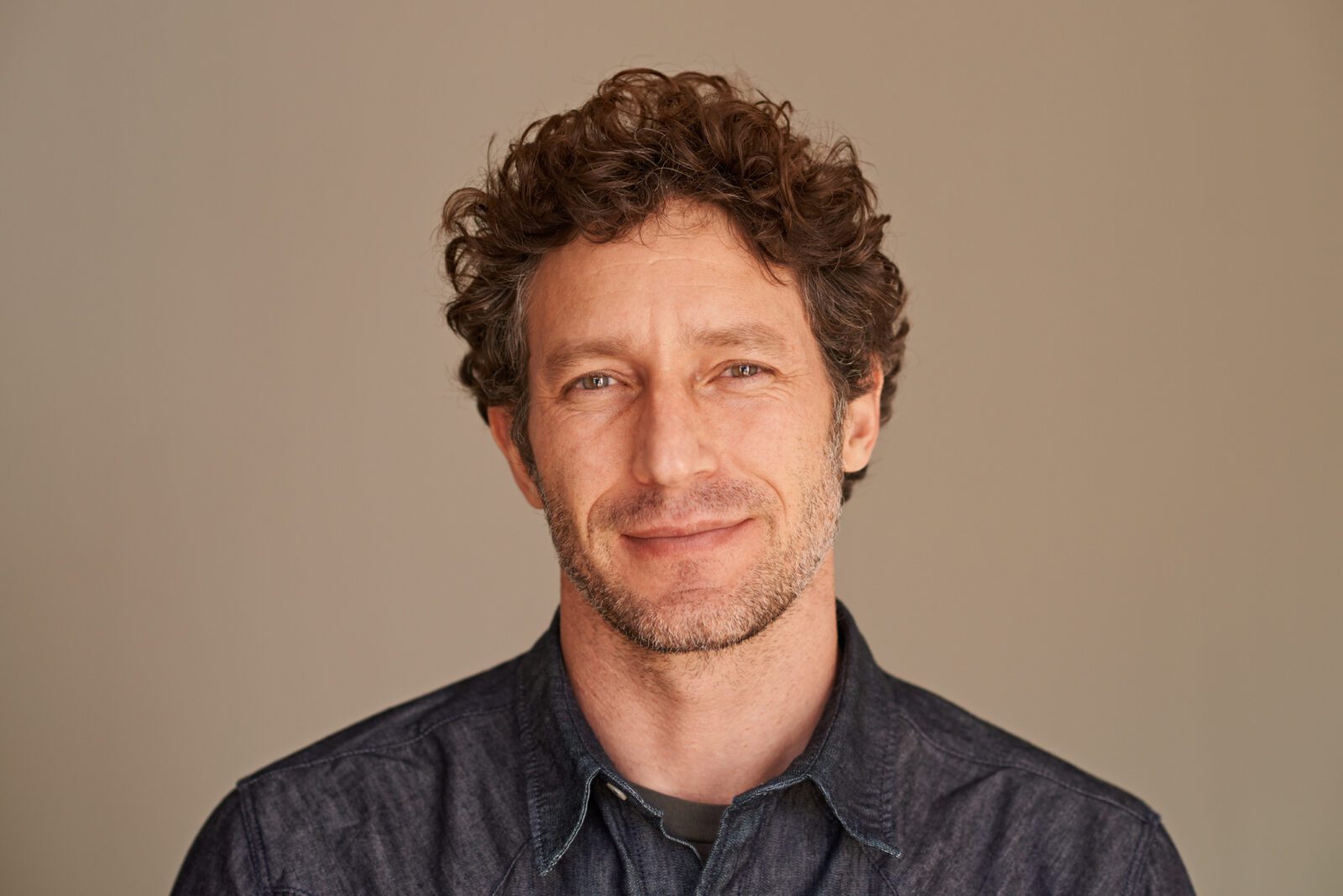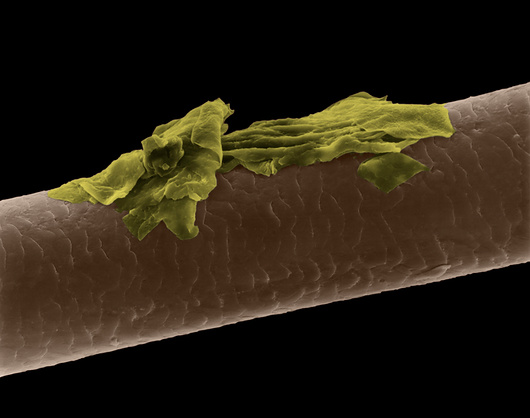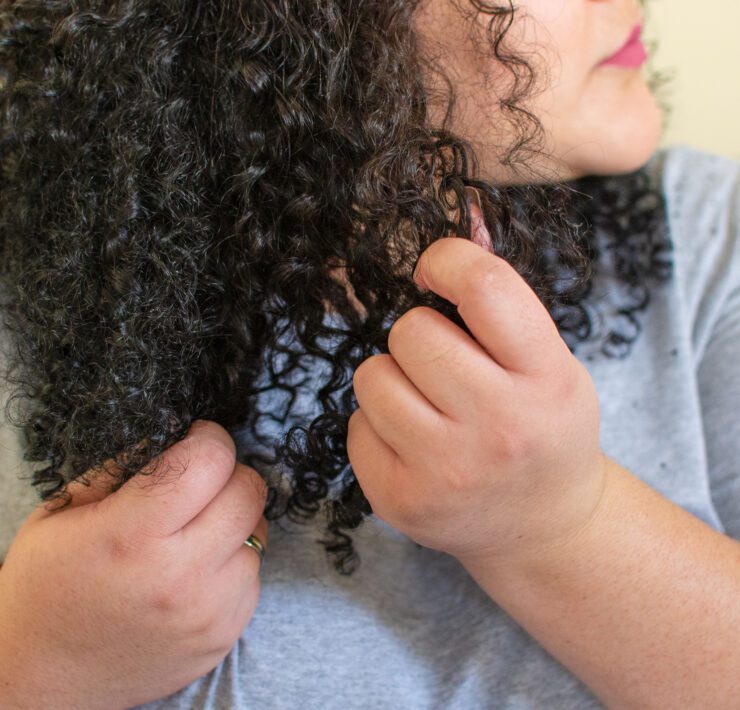
Seborrheic dermatitis, a common skin disease, causes an itchy rash with flaky scales, as well as redness on light skin and light patches on darker skin. It is also commonly called dandruff, cradle cap, seborrhea, seborrheic eczema, and seborrheic psoriasis.
What Is Dandruff?
Dandruff is a condition that causes the skin on the scalp to flake. It is not a severe condition or contagious – though it can be embarrassing and difficult to treat.
Dandruff is very common and affects about half of all adults, with males more frequently affected than females. It affects people in all areas of the world and usually occurs in adults younger than 50.
Mild dandruff can be treated with special shampoos, while more severe cases may require specialized medicated shampoos.
Dandruff Symptoms Are:
- Skin flakes on your scalp, eyebrows, beard, mustache, or shoulders
- Itchy scalp
- Scaly, crusty scalp in infants with cradle cap
These symptoms may be exacerbated by stress and during cold, dry seasons.
Causes
Dandruff may have several causes, such as:
- Irritated oily skin
- Not washing the hair/scalp (well) enough
- A yeast-like fungus (Malassezia) that feeds on the natural oils on the scalp
- Dry skin
- Sensitivity to hair care products (Contact Dermatitis)
- Other skin conditions such as psoriasis or eczema
- A diet high in simple sugars and starches
- An inflamed gut

Tips For Dealing With Dandruff
- To reduce the possibility of build-up on the scalp leading to irritation apply hair products away from the scalp. Start mid-length and work down to the ends using the palms of your hand. You can apply a small amount to your crown to avoid crown frizz.
- Clarify and cleanse the scalp with ACV or a clarifying poo once every 2-4 weeks to avoid product build-up that may irritate the scalp.
- If using synthetic braids, prewash them to get rid of the chemicals and potential toxins in the braids.
Treating Dandruff
There are a few shampoos without sulfates and with ingredients such as tea-tree oil, charcoal, and salicylic acid that can help purify or exfoliate the scalp.
You can also add a few drops of tea tree oil to your shampoo, conditioner, and deep conditioner.
Or, you can make a mixture of a few drops of tea tree oil and Aloe Vera. Use a small bottle with a tip, and distribute the mixture on the scalp between sections of your hair every night before you go to bed. If you have braids, run the tip of the bottle along the spaces in between the braids.
For a Guide to Medicated and Non-Medicated Dandruff Products go to the SHOP.
Scientific Resources We Found Useful:
- http://science-yhairblog.blogspot.com/p/products-for-itchy-scalp.html
- Exploration of scalp surface lipids reveals squalene peroxide as a potential actor in dandruff condition. Jourdain, Roland, et al. Archives of dermatological research 308.3 (2016): 153-163.
- Chapter 12- Dandruff, Seborrhea & Psoriasis Treatments. Braun, David D. Over the counter pharmaceutical formulations. William Andrew, 1994.
- Treatment of severe scalp psoriasis: from the Medical Board of the National Psoriasis Foundation. Chan, C. Stanley, et al. Journal of the American Academy of Dermatology 60.6 (2009): 962-971.
- Clinical diagnosis of common scalp disorders. Elewski, Boni E. Journal of Investigative Dermatology Symposium Proceedings. Vol. 10. No. 3. Elsevier, 2005.
- From axioms to new insights into dandruff. Piérard-Franchimont, Claudine, et al. Dermatology 200.2 (2000): 93-98.
- Chapter 21: Itchy Scalp, Lee et al. Miteva, Mariya I. Alopecia. Elsevier Health Sciences, 2018.






